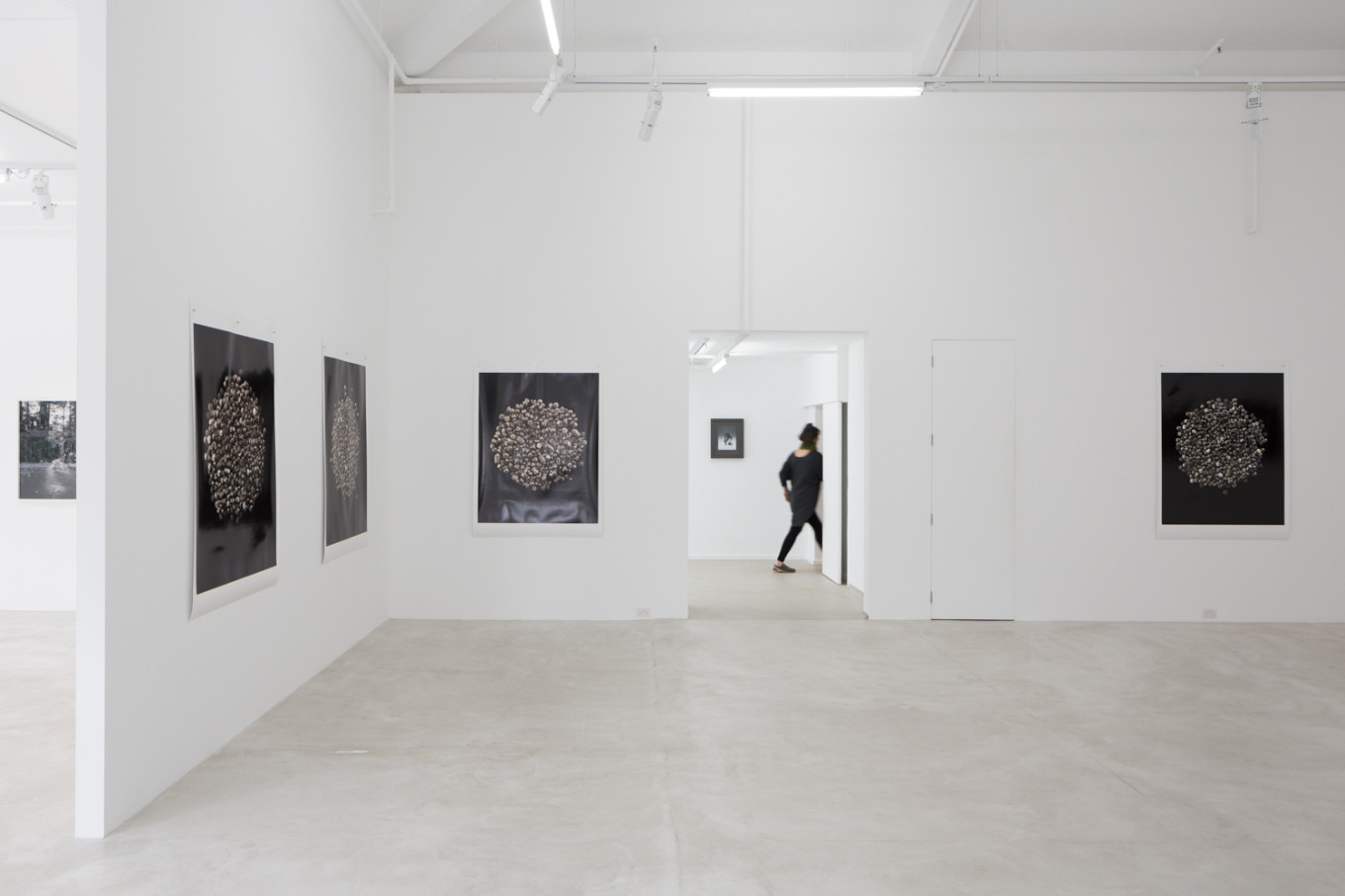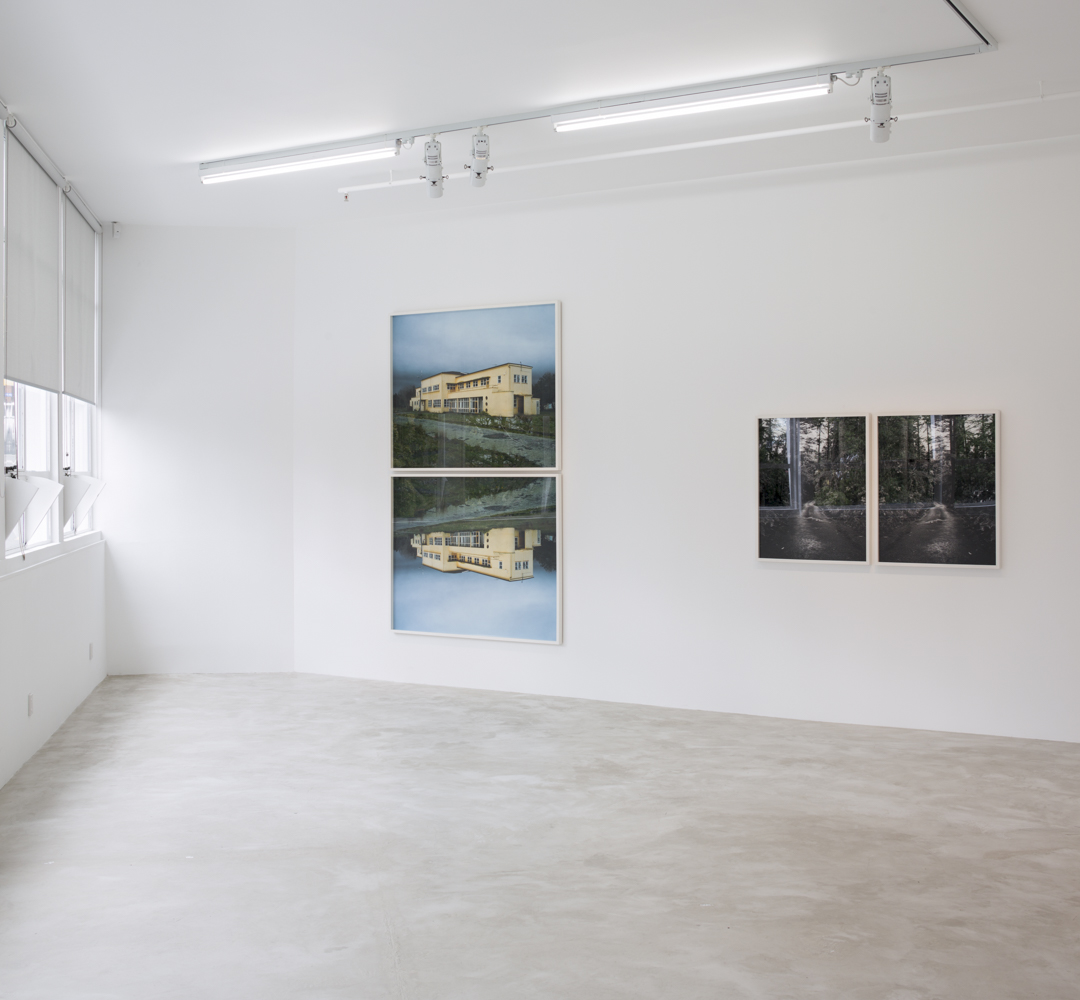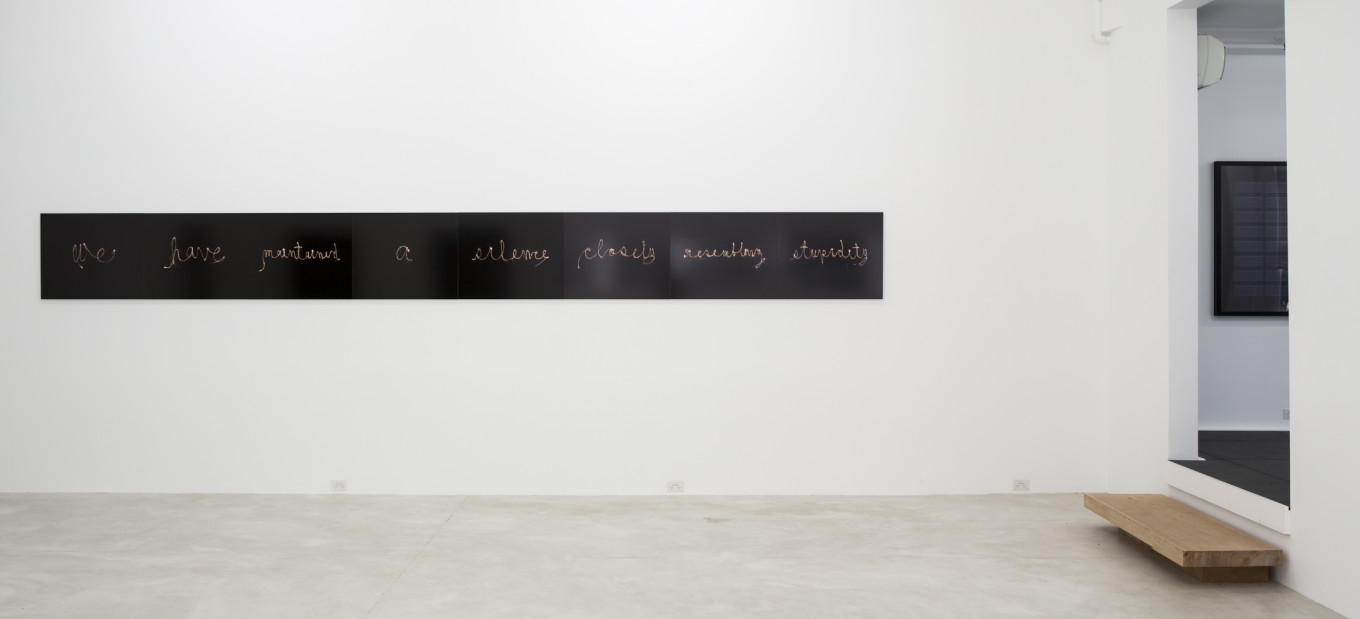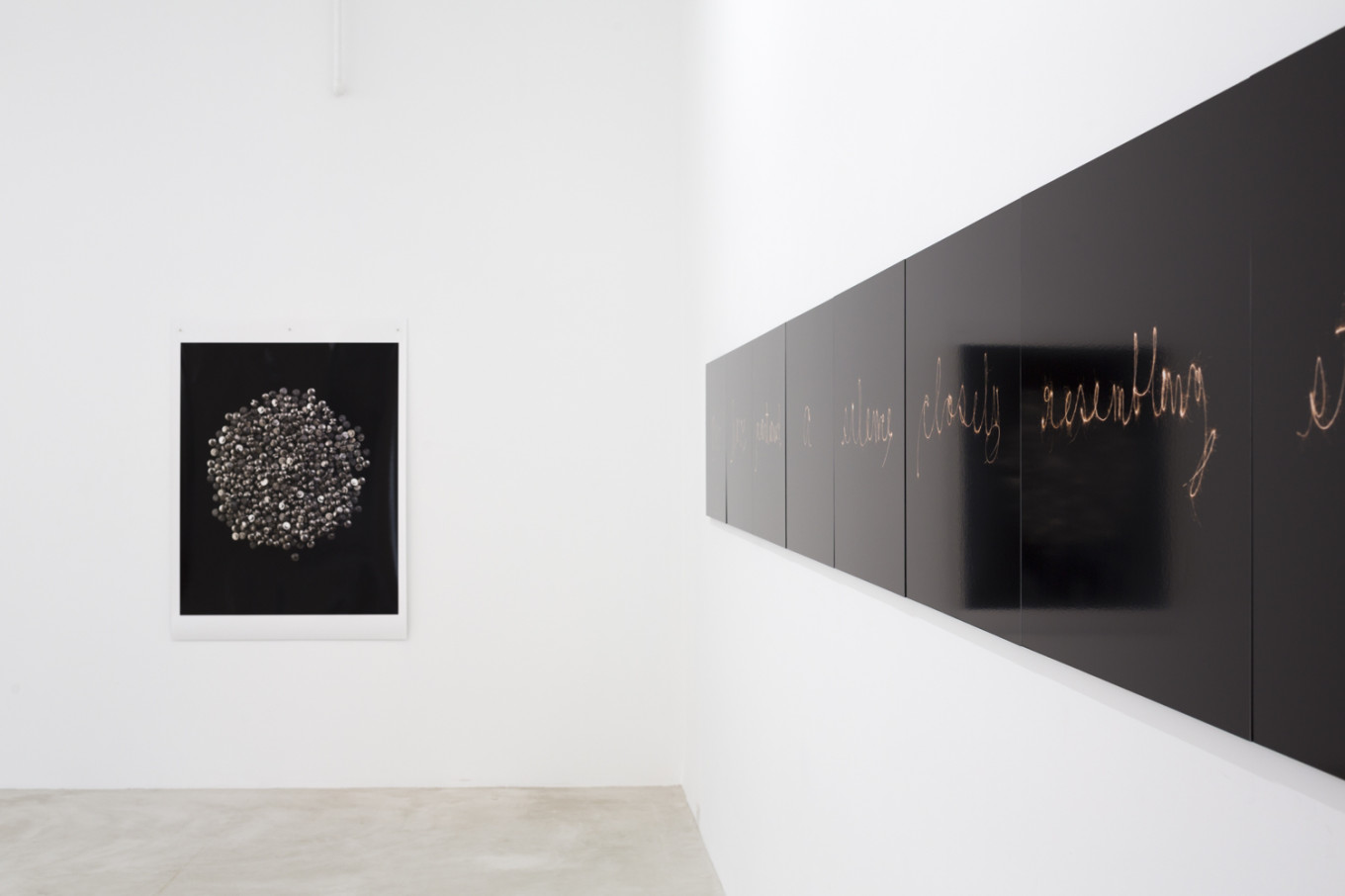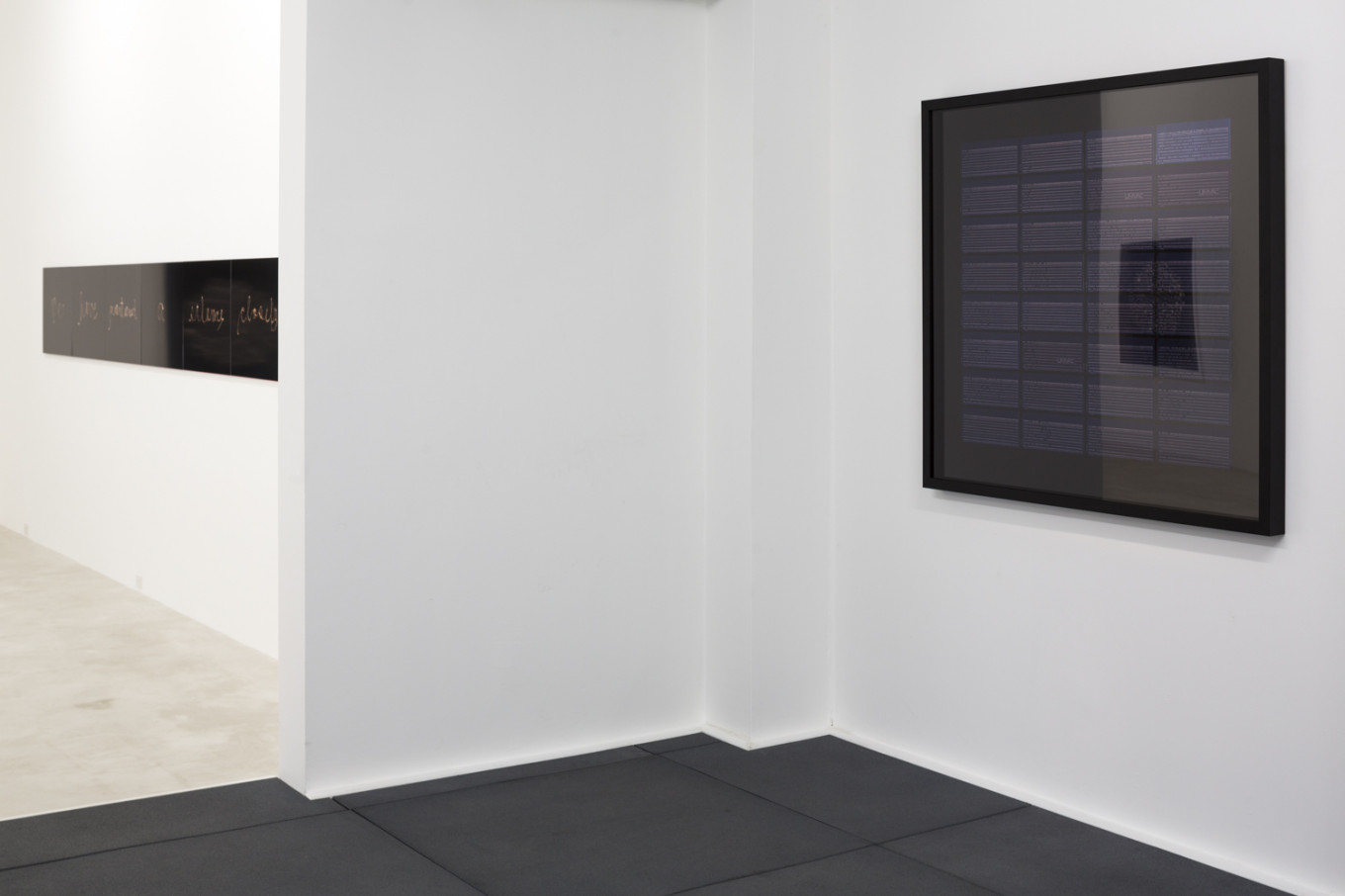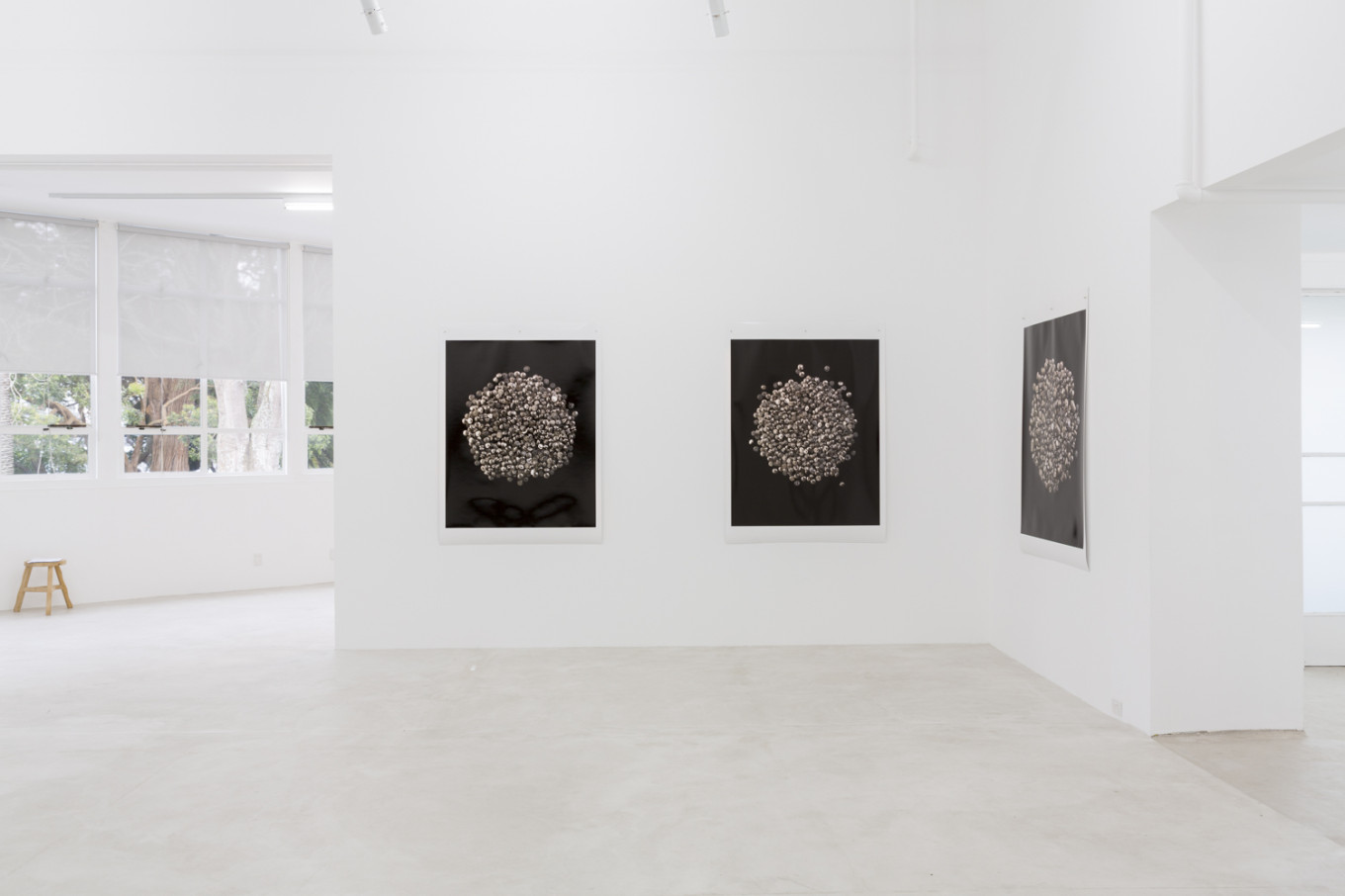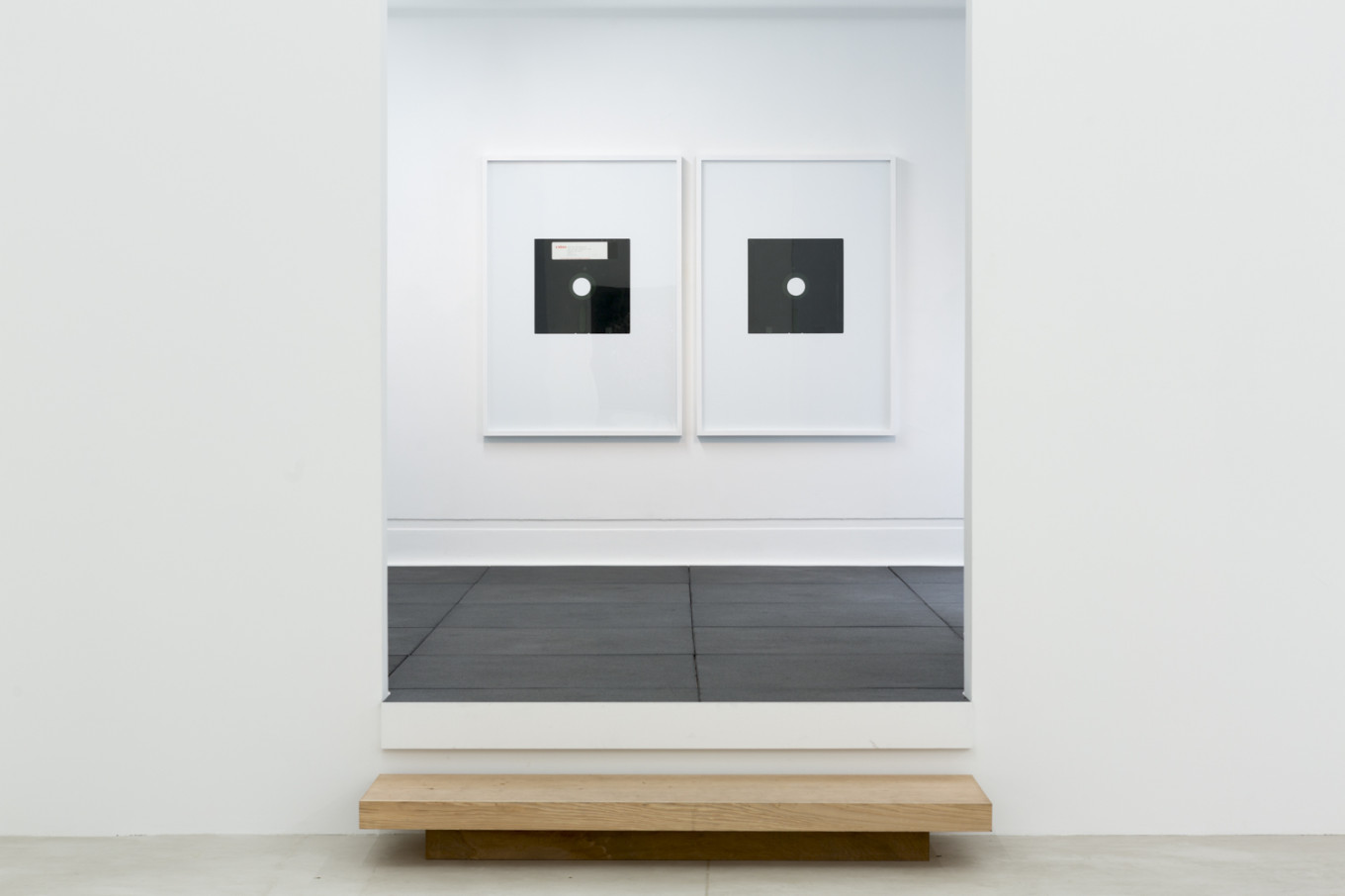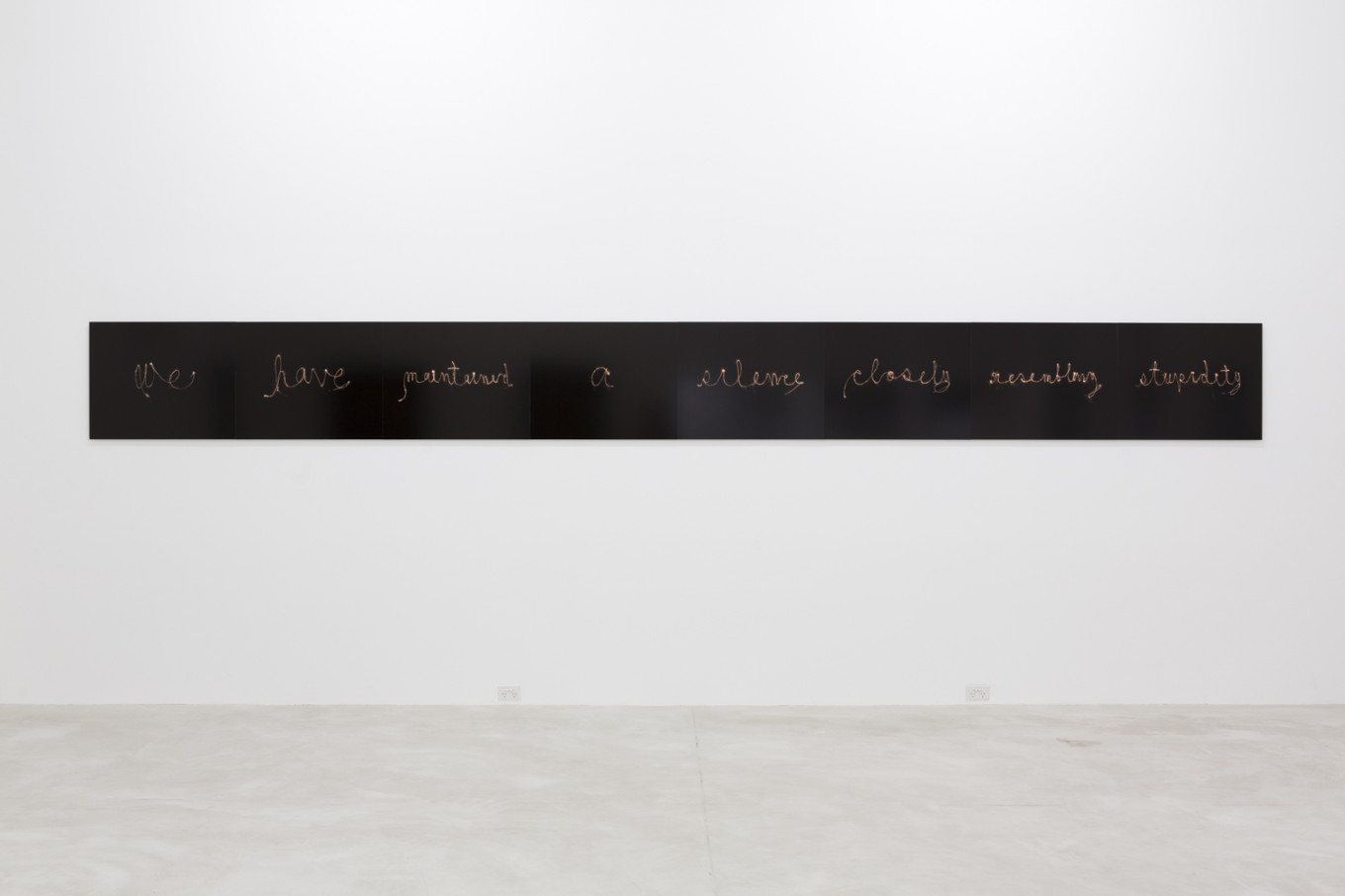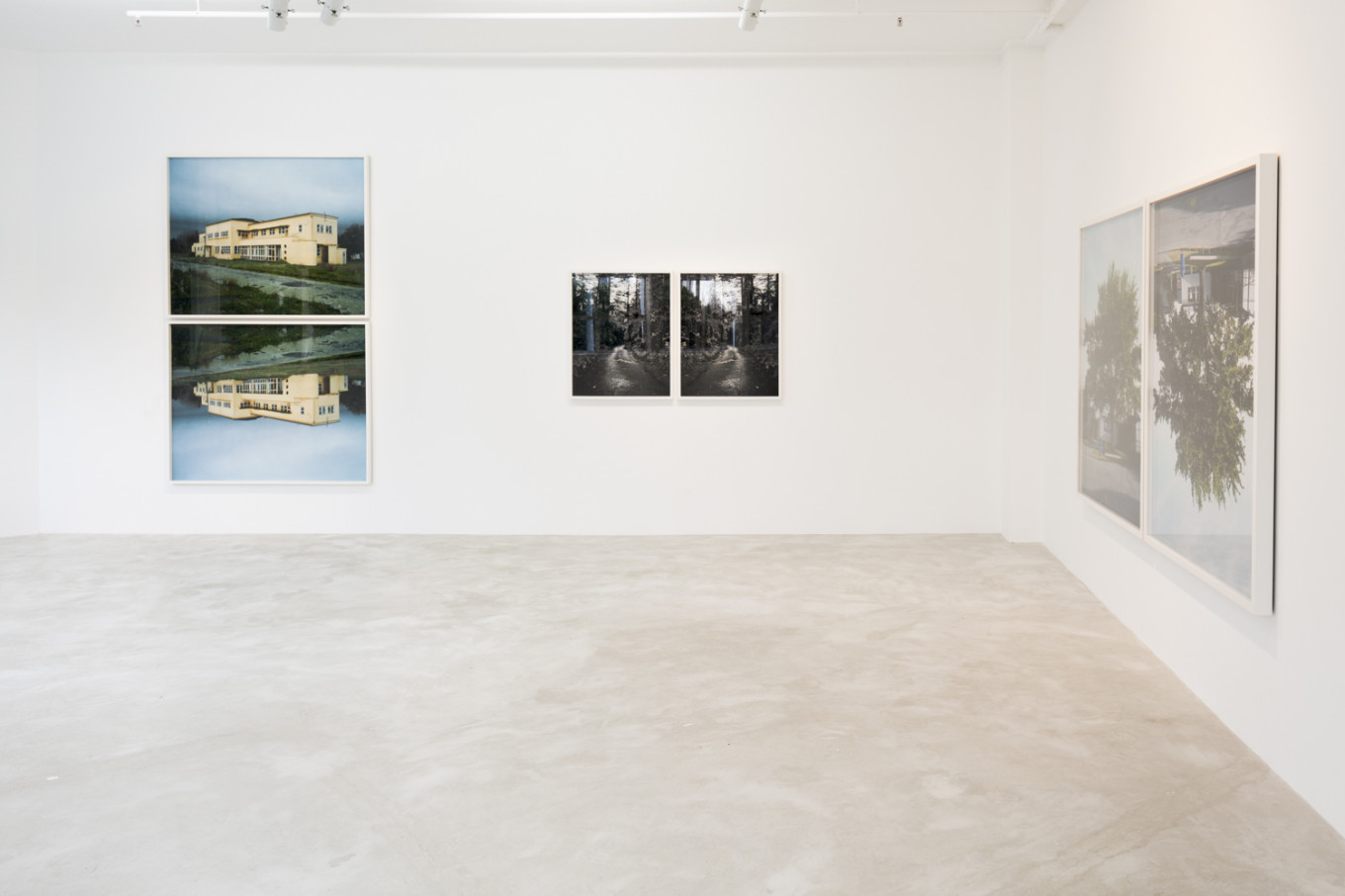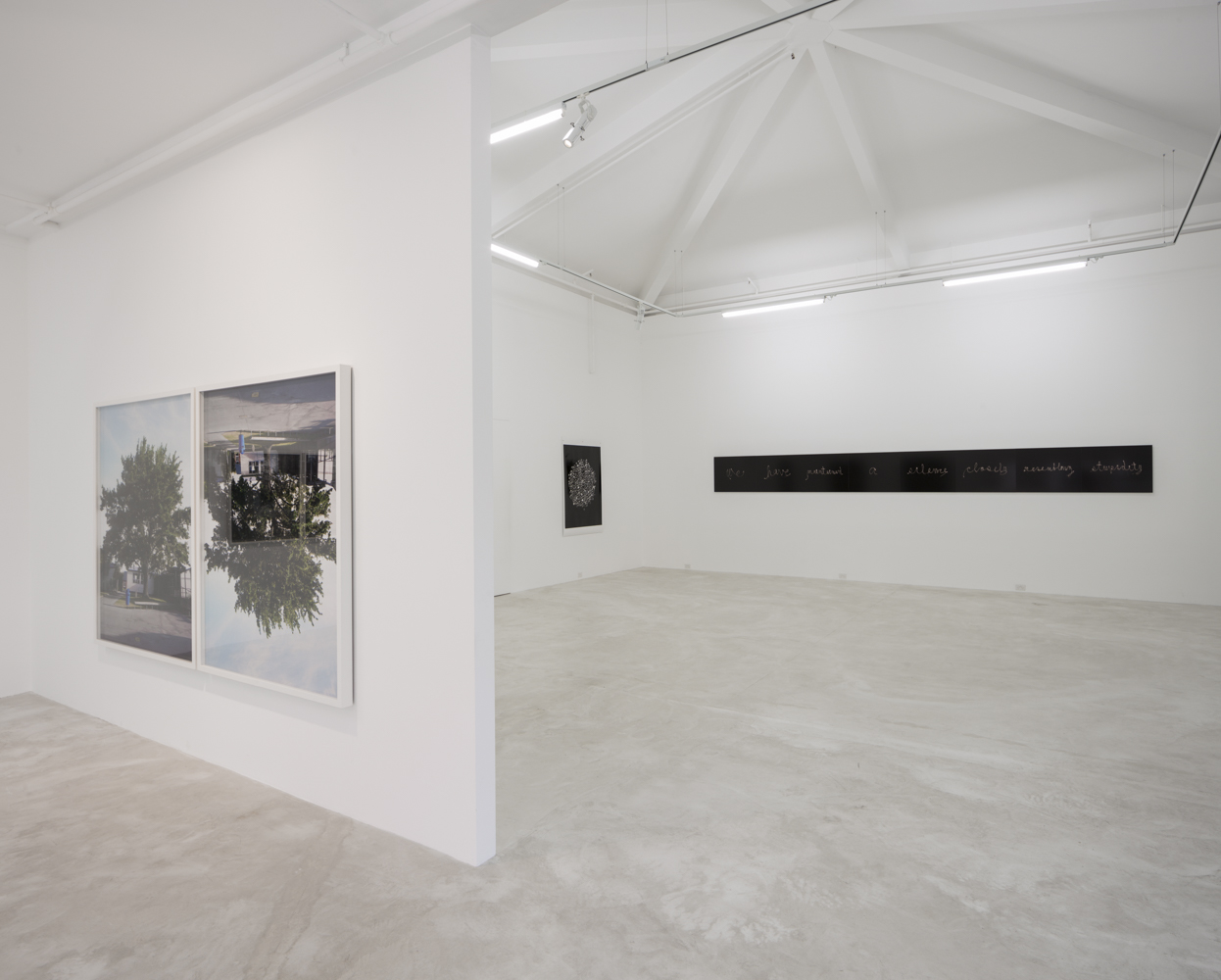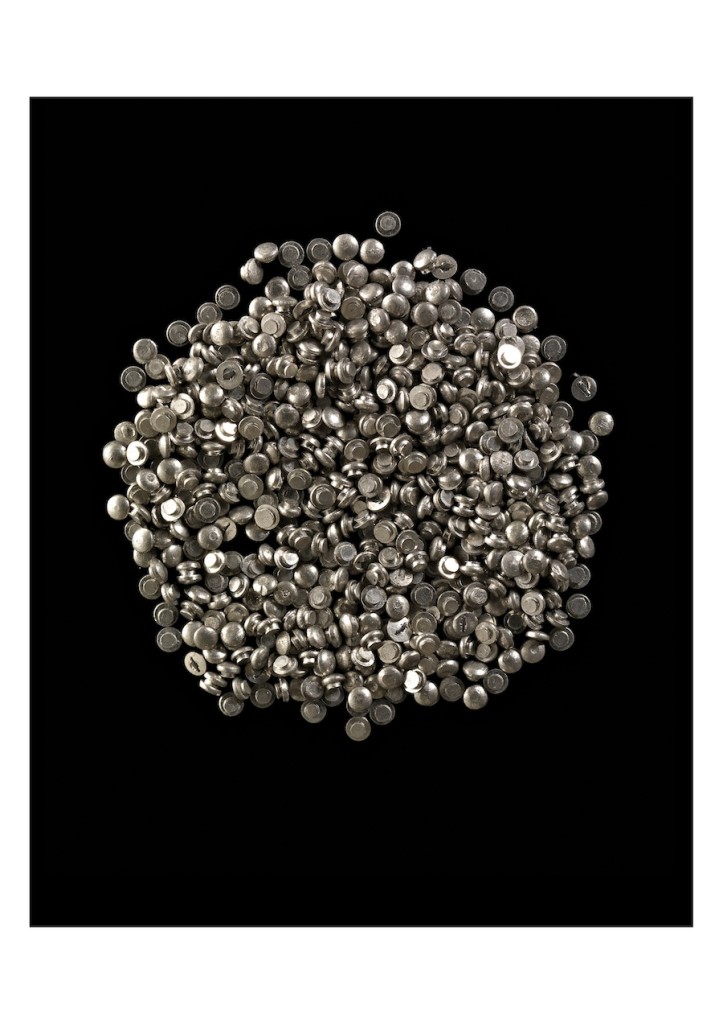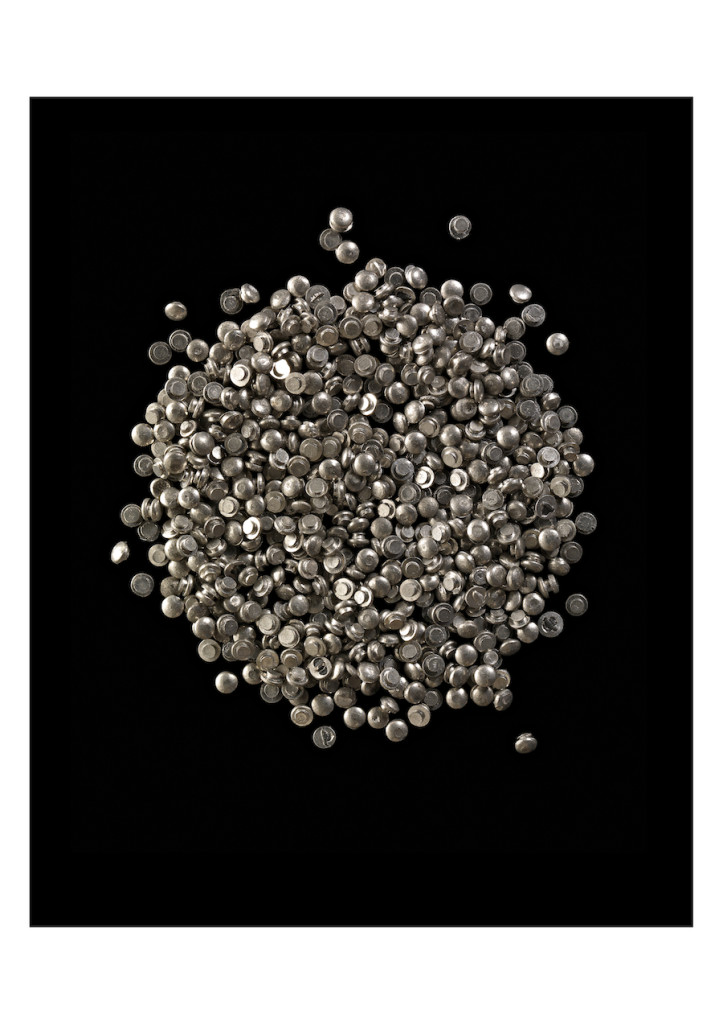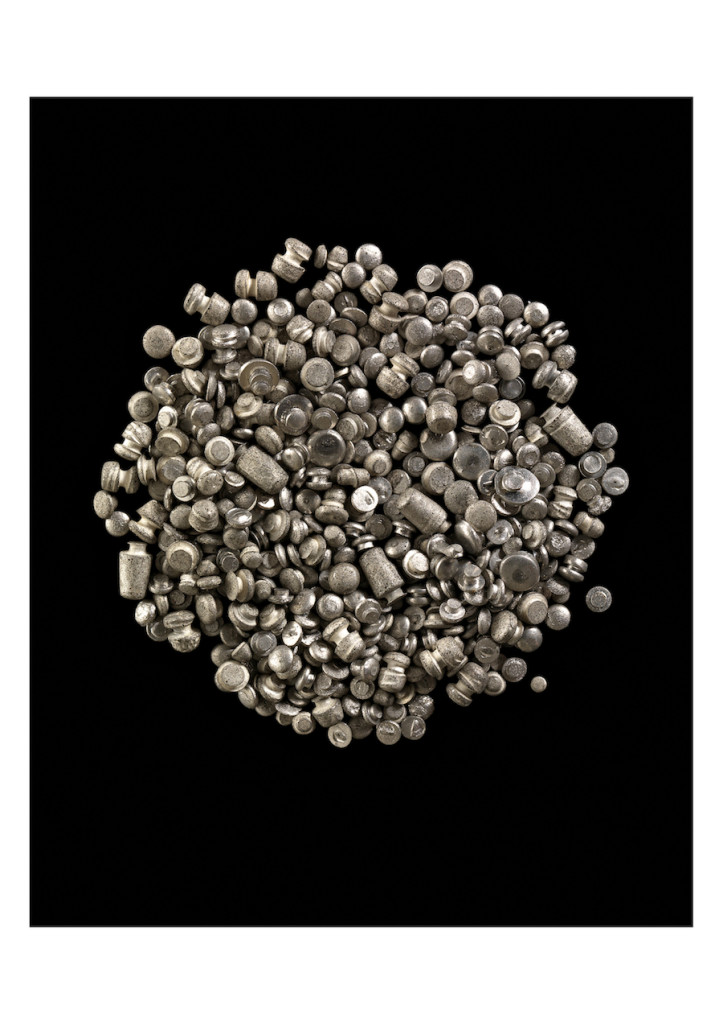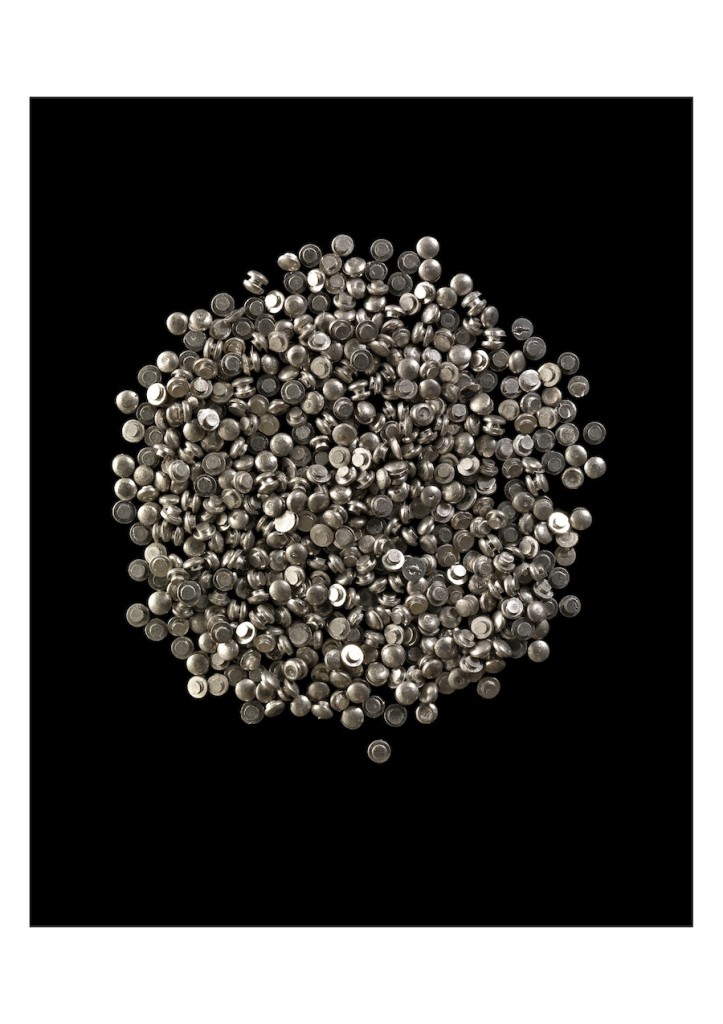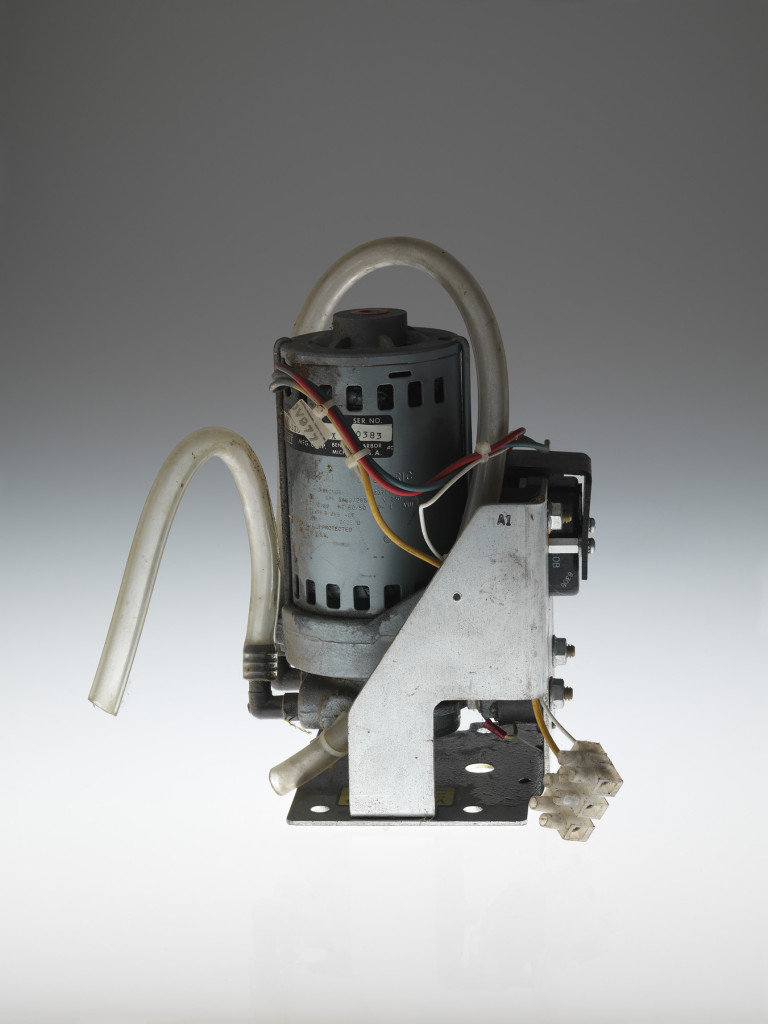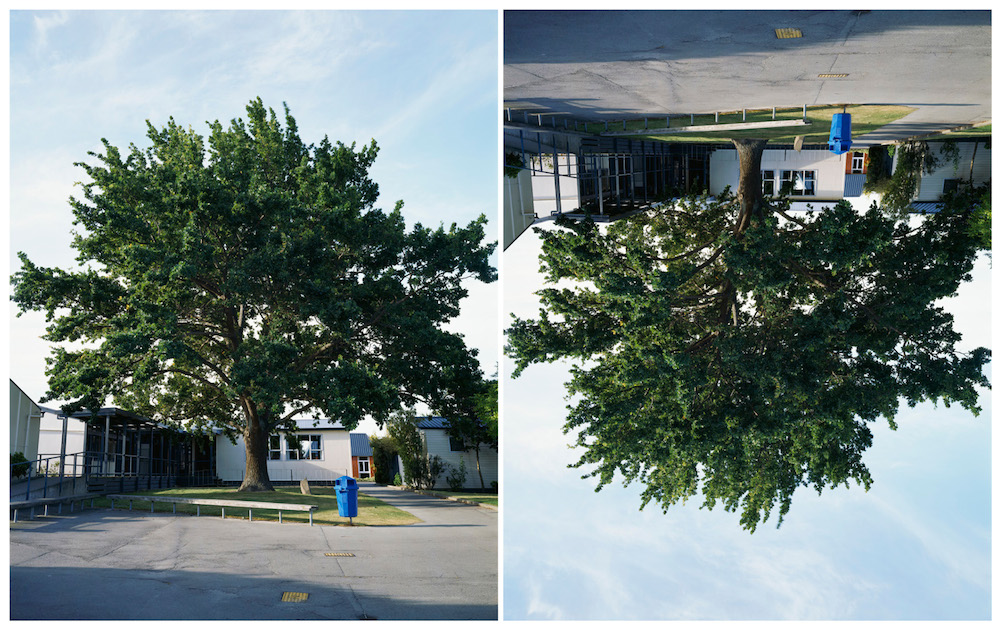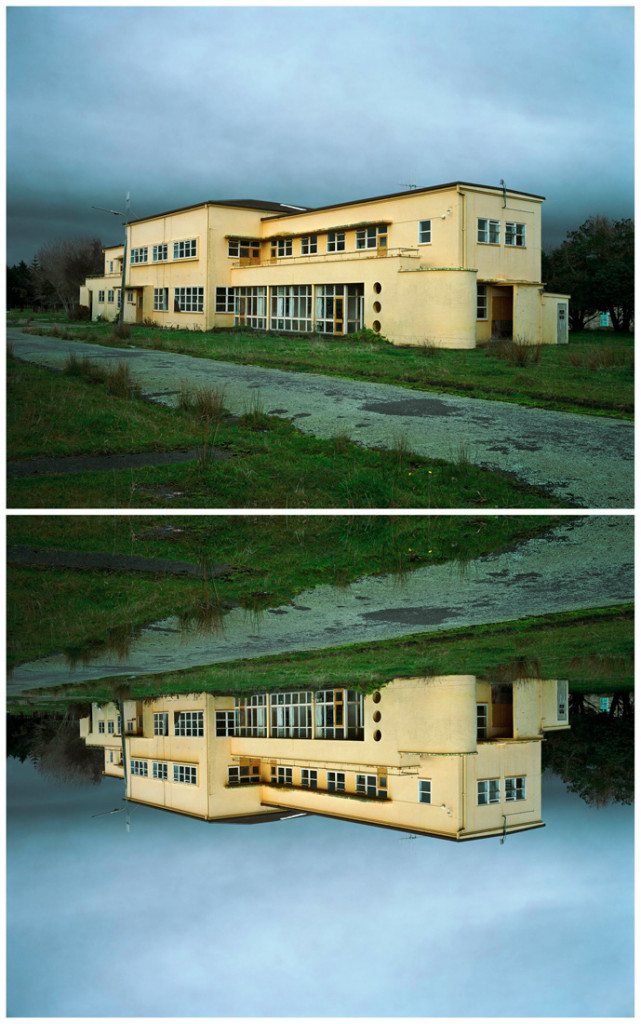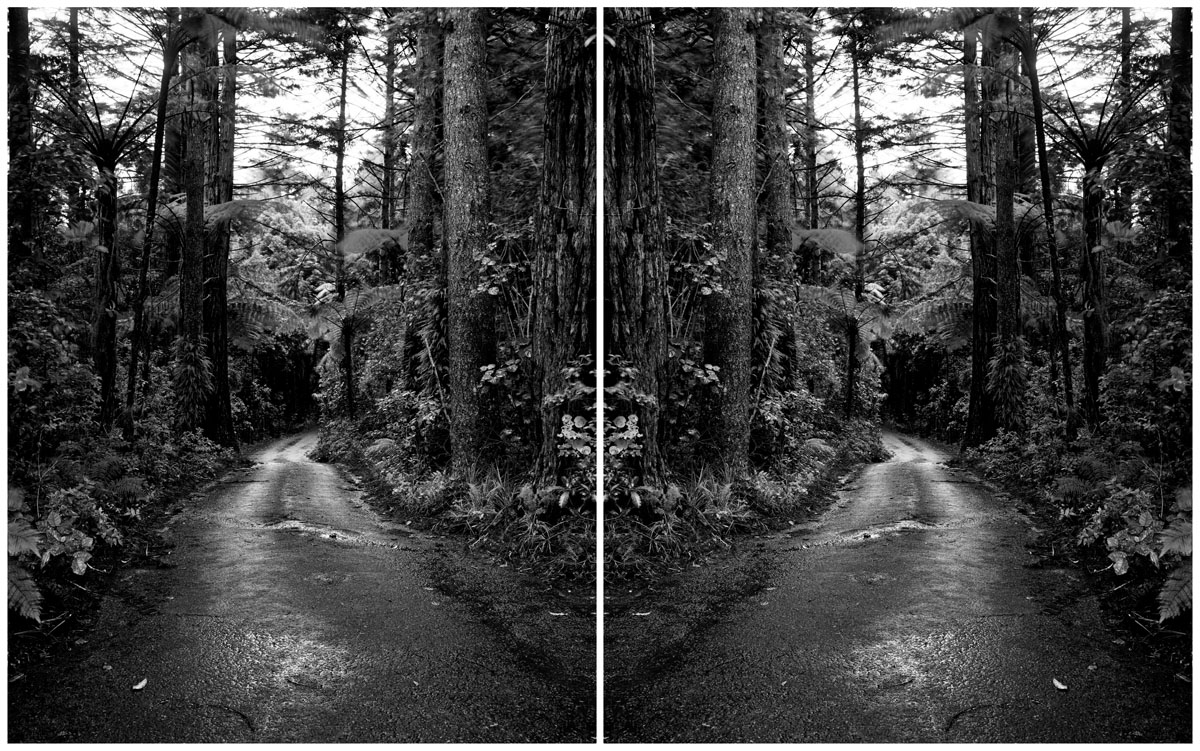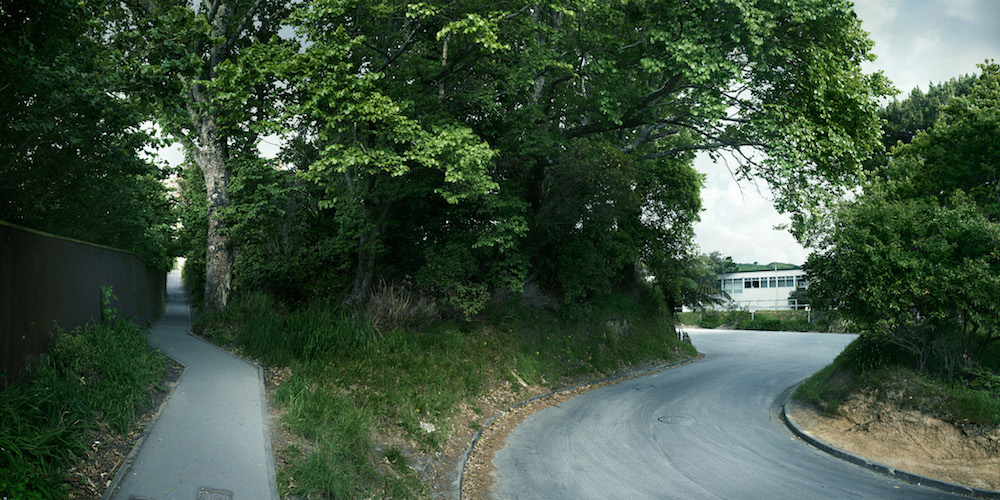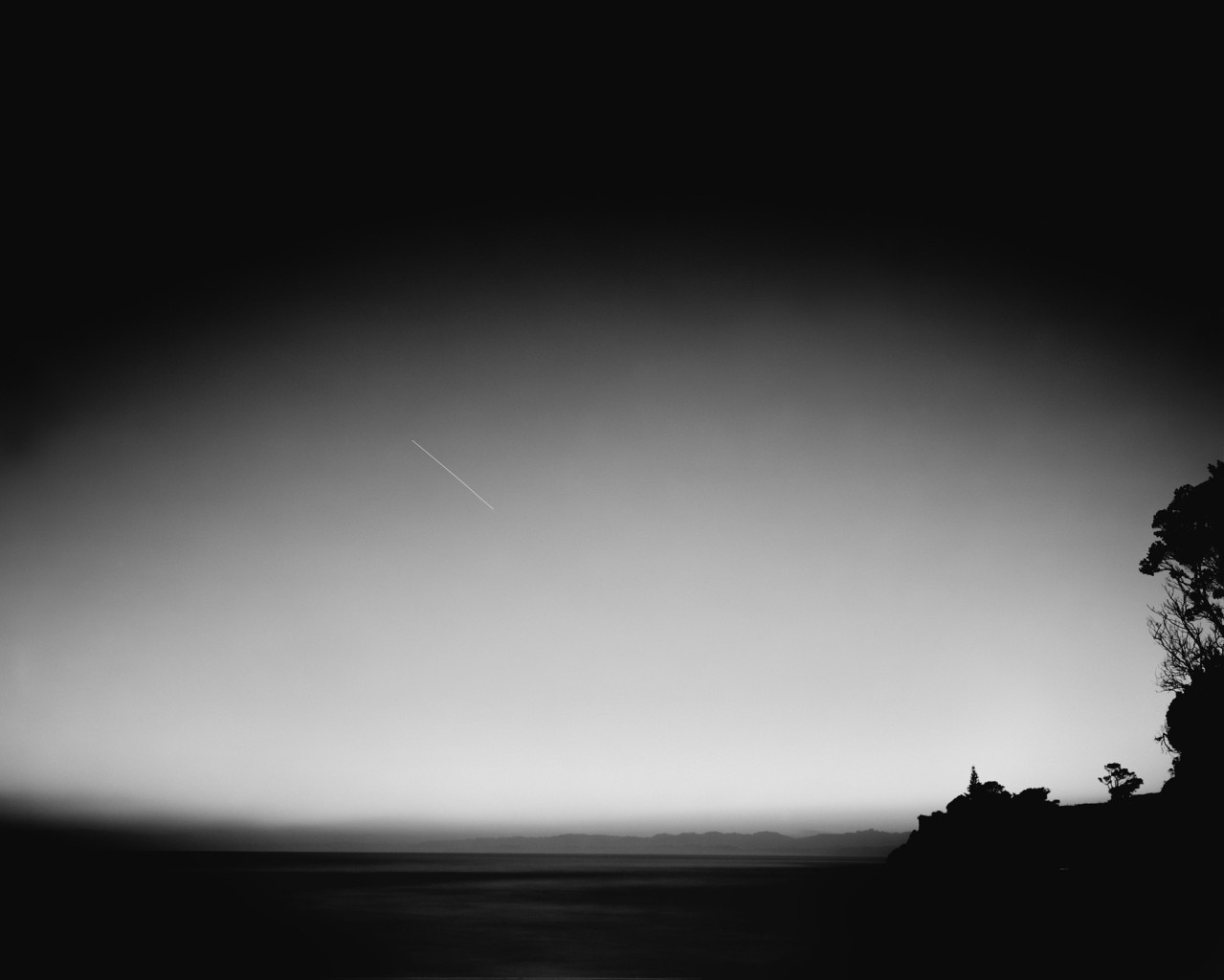Trish Clark Gallery is pleased to present two words for black, an exhibition by internationally recognised Wellington-based artist Ann Shelton.
Shelton’s work is regularly seen in New Zealand’s public galleries and internationally in countries as diverse as China, Lithuania, Italy, England, Poland, Germany, Australia and Canada. Shelton’s ongoing body of work ‘in a forest’, was shown earlier this year in Spain at Espai d’art contemporani de Castello, and has been previously exhibited in London, Berlin, Sydney and Melbourne.
Shelton’s title for this show, two words for black, is a pointer to her embrace of ambiguity, of uncertainty – but never in a one-dimensional way; always holding the promise of unexpected other stories, of beauty, of tranquil depth. In a marked shift away from Henri Cartier Bresson’s ‘decisive moment’, Shelton’s images are less concerned with depiction of an event and more interested in capturing what has been termed the ‘after-moment.’ Her artistic strategy can be said to prompt a different kind of looking, slower and more speculative, foregrounding the importance of the viewers’ engagement with an image and their role in creating meaning in a photograph. Operating at the nexus of conceptual and documentary modes Shelton’s large‑scale, hyper real photographic works illuminate the social, political and historical contexts that inform her subject matter.
Her new body of work The City of Gold and Lead, was created while Artist in Residence at Tylee Cottage; parts of the project were exhibited by the Govett-Brewster Art Gallery and at the Sarjeant Gallery in Whanganui last year. Presented here to a broader audience for the first time are selected works from this series that explore the legacy of the Wanganui Computer and Neil Roberts’ attempt to destroy it. Controversially introduced to New Zealand in 1976, the ‘Wanganui Computer’, or National Law Enforcement System, was the target in New Zealand’s first and only suicide bomb attack by Roberts in 1982. These works illuminate the ‘often myopic presentations of history’ and the ‘ambiguity of the reality involved’ in their subject matter.
Alongside those works from The City of Gold and Lead are others selected from Shelton’s rich and diverse oeuvre. The handsome image depicting Onaero Beach with its extended exposure of Venus in the pre-dawn sky was a standout in Geoffrey Batchen’s brilliant exhibition, Dark Sky, and is here presented at a much larger scale for the first time. Other works depict historically loaded sites that refuse to visually represent events as they might have occurred, instead embracing absence and uncertainty. Images of the decommissioned Lake Alice Psychiatric Hospital, Lucy’s Gully in Taranaki, and a Wellington execution site are all places where egregious and ill-fated events took place; spaces where urban myths were born… Shelton’s camera is used to propel these histories, calling into question the way they are read, interpreted and represented in the cultural landscape at large.
Shelton is Associate Professor in Photography at Whiti o Rehua School of Art, Massey University in Wellington and Chairperson of Enjoy Public Art Gallery, Wellington’s oldest artist-run space.

